Learn the vibration probes questions and answers related to the machine monitoring systems (MMS) in the oil and gas industries.
Vibration Probes Questions and Answers
In this video, you will find the explanations for these vibration questions.
Question 1
What is the primary function of a vibration probe in machinery monitoring?
A. To detect temperature changes
B. To measure displacement or motion
C. To measure fluid levels
D. To detect pressure variations
Show the Answer
To measure displacement or motion
Question 2
How does an accelerometer vibration probe work?
A. Converts light changes into vibrations
B. Measures displacement and converts to electrical signal
C. Measures acceleration and converts to an electrical signal
D. Measures vibration through changes in temperature
Show the Answer
Measures acceleration and converts to an electrical signal
Question 3
How does a velocity vibration sensor function?
A. Measures velocity and converts to temperature
B. Measures vibration frequency and converts to signal
C. Measures velocity by detecting the speed of displacement
D. Measures vibration by detecting changes in capacitance
Show the Answer
Measures velocity by detecting the speed of displacement
Question 4
How does a proximity probe (eddy current probe) detect vibrations?
A. Detects vibration through changes in air pressure
B. Measures capacitance changes due to vibration
C. Uses a magnetic field to detect changes in displacement
D. Measures resistance changes in vibrating components
Show the Answer
Uses a magnetic field to detect changes in displacement
Question 5
How does a displacement vibration sensor operate?
A. Measures temperature changes caused by vibration
B. Measures the actual movement of vibrating components
C. Converts vibration into acceleration measurements
D. Uses light to detect changes in displacement
Show the Answer
Measures the actual movement of vibrating components
Question 6
How does a piezoelectric vibration probe work?
A. Uses magnetic fields to detect vibration
B. Converts mechanical vibrations into electrical resistance
C. Generates an electrical charge in response to vibration
D. Measures changes in capacitance due to vibration
Show the Answer
Generates an electrical charge in response to vibration
Question 7
How does a capacitive vibration probe measure vibrations?
A. Detects changes in capacitance due to displacement
B. Measures vibration through changes in light intensity
C. Measures velocity of vibrating components
D. Converts temperature changes into vibration measurements
Show the Answer
Detects changes in capacitance due to displacement
Question 8
How does a laser Doppler vibrometer detect vibrations?
A. Detects vibrations by measuring magnetic field changes
B. Measures vibration through temperature variations
C. Uses laser interferometry to measure vibration velocity
D. Measures changes in electrical resistance due to vibration
Show the Answer
Uses laser interferometry to measure vibration velocity
Question 9
How does a strain gauge-based vibration sensor function?
A. Converts temperature changes into vibration data
B. Measures changes in electrical resistance due to strain
C. Detects changes in capacitance due to vibration
D. Measures the velocity of vibrating components
Show the Answer
Measures changes in electrical resistance due to strain
Question 10
Which type of vibration probe is commonly used for measuring shaft vibration?
A. Eddy current probes
B. Piezoelectric accelerometers
C. Capacitive probes
D. Strain gauge probes
Show the Answer
Eddy current probes
Question 11
Why is proximity measurement important in vibration analysis?
A. It detects surface temperature changes.
B. It provides data on shaft misalignment and wear.
C. It measures electrical resistance.
D. To detect temperature changes
Show the Answer
It provides data on shaft misalignment and wear.
Question 12
What is the typical output signal of an eddy current vibration probe?
A. AC voltage proportional to velocity
B. DC voltage proportional to displacement
C. Frequency modulation based on vibration amplitude
D. Digital signal with binary states
Show the Answer
DC voltage proportional to displacement
Question 13
How does a piezoelectric accelerometer vibration probe work?
A. Converts electrical energy to mechanical vibration
B. Converts mechanical vibration into a proportional charge
C. Measures the change in capacitance with vibration
D. Uses magnetic fields to detect vibration
Show the Answer
Converts mechanical vibration into a proportional charge
Question 14
What is the main advantage of using a non-contact vibration probe?
A. Lower cost
B. Easy to install
C. High sensitivity to slow movements
D. No wear and tear on the probe or the machine
Show the Answer
No wear and tear on the probe or the machine
Question 15
What factor most influences the accuracy of an eddy current vibration probe?
A. Probe diameter
B. Probe temperature
C. Gap distance between probe and target
D. Frequency of the vibration being measured
Show the Answer
Gap distance between probe and target
Question 16
In what scenario is a velocity probe preferred over other vibration probes?
A. Monitoring high-frequency vibrations
B. Detecting low-frequency vibrations and slow movements
C. Measuring temperature variations due to vibrations
D. Observing real-time changes in vibration intensity
Show the Answer
Detecting low-frequency vibrations and slow movements
Question 17
How does a capacitive vibration probe measure displacement?
A. By detecting magnetic field changes
B. By measuring changes in capacitance
C. By converting mechanical energy to electrical signals
D. By using optical sensors to detect movement
Show the Answer
By measuring changes in capacitance
Question 18
What is the main limitation of piezoelectric accelerometers in vibration measurement?
A. Limited to measuring low-frequency vibrations
B. Requires frequent recalibration
C. Sensitivity decreases at high temperatures
D. Susceptible to corrosion in harsh environments
Show the Answer
Sensitivity decreases at high temperatures
Question 19
What is the role of a signal conditioner in a vibration measurement system?
A. To amplify the vibration signal
B. To convert the signal to a digital format
C. To filter out noise and process the raw signal
D. To store the vibration data for future analysis
Show the Answer
To filter out noise and process the raw signal
Question 20
What does the frequency of a vibration signal indicate?
A. The speed of the machine
B. The size of the vibrating object
C. The rate of vibration cycles per second
D. The intensity of the vibration
Show the Answer
The rate of vibration cycles per second
Question 21
Which part of a machine is most commonly monitored using vibration probes?
A. The outer casing
B. The control panel
C. Rotating shafts and bearings
D. The cooling system
Show the Answer
Rotating shafts and bearings
Question 22
What does a high amplitude in vibration signals typically suggest?
A. Proper machine alignment
B. Reduced operational efficiency
C. Mechanical imbalance or misalignment
D. Enhanced machine performance
Show the Answer
Mechanical imbalance or misalignment
Question 23
What does a vibration spectrum display in a vibration analysis?
A. Variations in temperature
B. Frequency components of the vibration signal
C. Different machine speeds
D. Voltage fluctuations in the system
Show the Answer
Frequency components of the vibration signal
Question 24
What is the primary reason for using a low-frequency vibration probe?
A. To measure temperature changes
B. To detect small displacements in machinery
C. To monitor high-speed rotations
D. To measure large vibrations in heavy machinery
Show the Answer
To detect small displacements in machinery
Question 25
What is an accelerometer primarily used for in vibration measurement?
A. Measuring velocity of moving parts
B. Measuring the acceleration of vibrations
C. Measuring the frequency of vibration
D. Measuring temperature variations
Show the Answer
Measuring the acceleration of vibrations
Question 26
Why are triaxial vibration probes used in some applications?
A. To measure vibration in three planes simultaneously
B. To increase the accuracy of frequency measurements
C. To monitor temperature and pressure simultaneously
D. To reduce the overall cost of monitoring systems
Show the Answer
To measure vibration in three planes simultaneously
Question 27
What is the role of damping in vibration probes?
A. To amplify the signal
B. To reduce excessive vibration
C. To maintain constant temperature
D. To increase the sensitivity of the probe
Show the Answer
To reduce excessive vibration
Question 28
What is the significance of phase analysis in vibration analysis?
A. It determines the natural frequency
B. It identifies the direction of vibration
C. It measures vibration amplitude
D. It helps in diagnosing misalignment and imbalance
Show the Answer
It helps in diagnosing misalignment and imbalance
Question 29
What characteristic of a machine can be assessed using vibration analysis?
A. Power consumption
B. Surface roughness
C. Operational health
D. Color changes
Show the Answer
Operational health
Question 30
How does humidity affect vibration probes?
A. Increases accuracy
B. Causes corrosion
C. Improves signal strength
D. Stabilizes readings
Show the Answer
Causes corrosion
Question 31
What unit is commonly used to express vibration displacement?
A. Meters per second
B. Hertz
C. Micrometers or mils
D. Volts
Show the Answer
Micrometers or mils
Question 32
What effect does an increase in vibration frequency have on vibration amplitude?
A. Decreases amplitude
B. Increases amplitude
C. No effect
D. Amplifies signal strength
Show the Answer
Decreases amplitude
Question 33
Why is signal processing important in vibration analysis?
A. It reduces the probe’s operating temperature
B. It converts analog signals to digital
C. It removes noise and enhances the accuracy of data
D. It stores data for long-term analysis
Show the Answer
It removes noise and enhances the accuracy of data
Question 34
What can cause false vibration readings in a probe?
A. Over-tightening the probe mount
B. Using the probe at low temperatures
C. Installing the probe far from the vibration source
D. Interference from external electrical sources
Show the Answer
Interference from external electrical sources
Question 35
How does a vibration probe help in preventing machinery failure?
A. By predicting failure based on temperature changes
B. By identifying wear and misalignment early
C. By providing real-time control over machine speed
D. By reducing the machine’s operational noise
Show the Answer
By identifying wear and misalignment early
Question 36
Which is a disadvantage of Piezoelectric Accelerometers in vibration sensing?
A. High sensitivity to low-frequency vibrations
B. Limited frequency range coverage
C. Vulnerable to temperature changes
D. Limited use in high-temperature environments
Show the Answer
Vulnerable to temperature changes
Question 37
Which vibration probe type is most suitable for high-temperature environments?
A. Eddy Current Probes
B. Piezoelectric Accelerometers
C. Optical Vibration Probes
D. Capacitive Probes
Show the Answer
Eddy Current Probes
Question 38
Which disadvantage is commonly associated with Eddy Current Probes?
A. Sensitivity to magnetic fields
B. Limited measurement range
C. Requires frequent calibration
D. Difficulty in measuring low-frequency vibrations
Show the Answer
Sensitivity to magnetic fields
Question 39
What is a drawback of using Piezoelectric Accelerometers for vibration monitoring?
A. Limited detection range
B. High susceptibility to electromagnetic interference
C. Fragility under mechanical stress
D. Limited use in low-frequency applications
Show the Answer
Limited use in low-frequency applications
Question 40
Which vibration probe type is best suited for detecting small displacements?
A. Piezoelectric Accelerometers
B. Eddy Current Probes
C. Capacitive Probes
D. Optical Vibration Probes
Show the Answer
Eddy Current Probes
Read Next:
- Vibration Probe Not Responding
- Questions on Vibration Measurement
- Vibration Probe Commissioning Checklist
- Determine Lifting of Shaft with Proximity Sensor
- Vibration Probe Field Setting Procedure


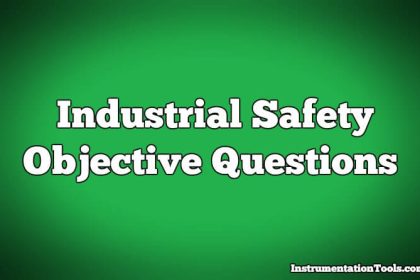
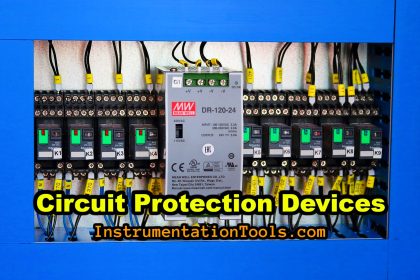

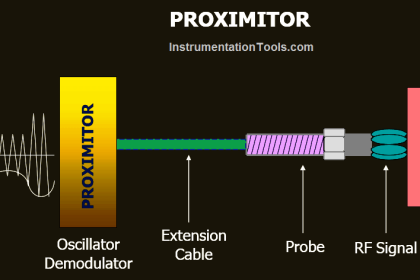
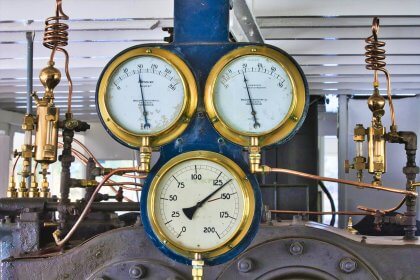
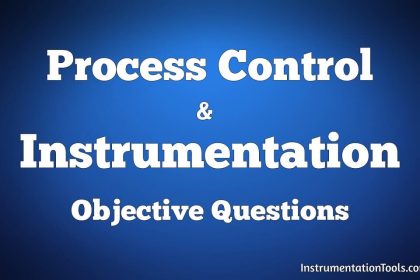
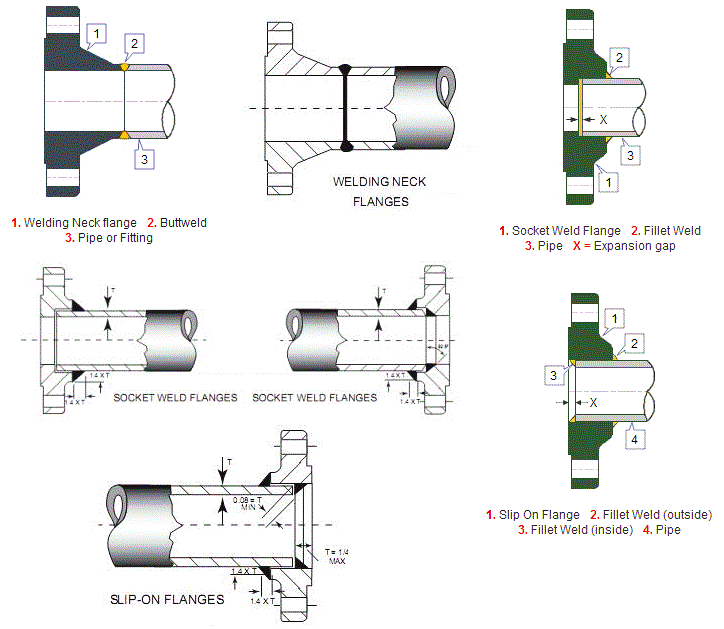
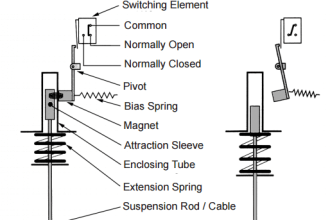
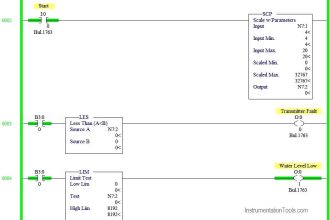
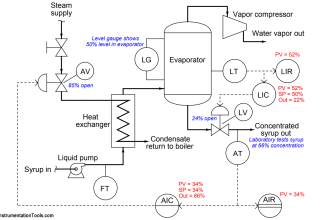
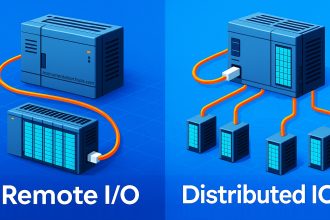

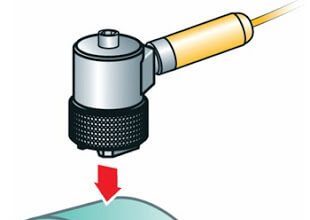
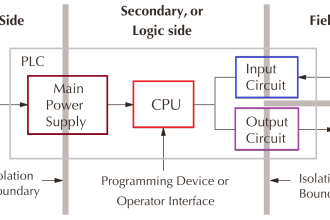

very useful to learn about instrumentation..